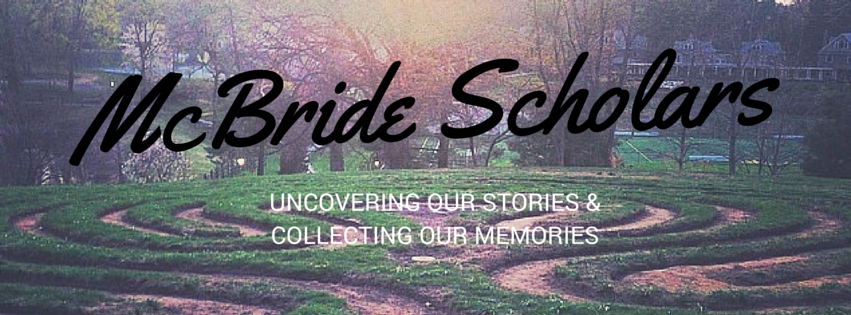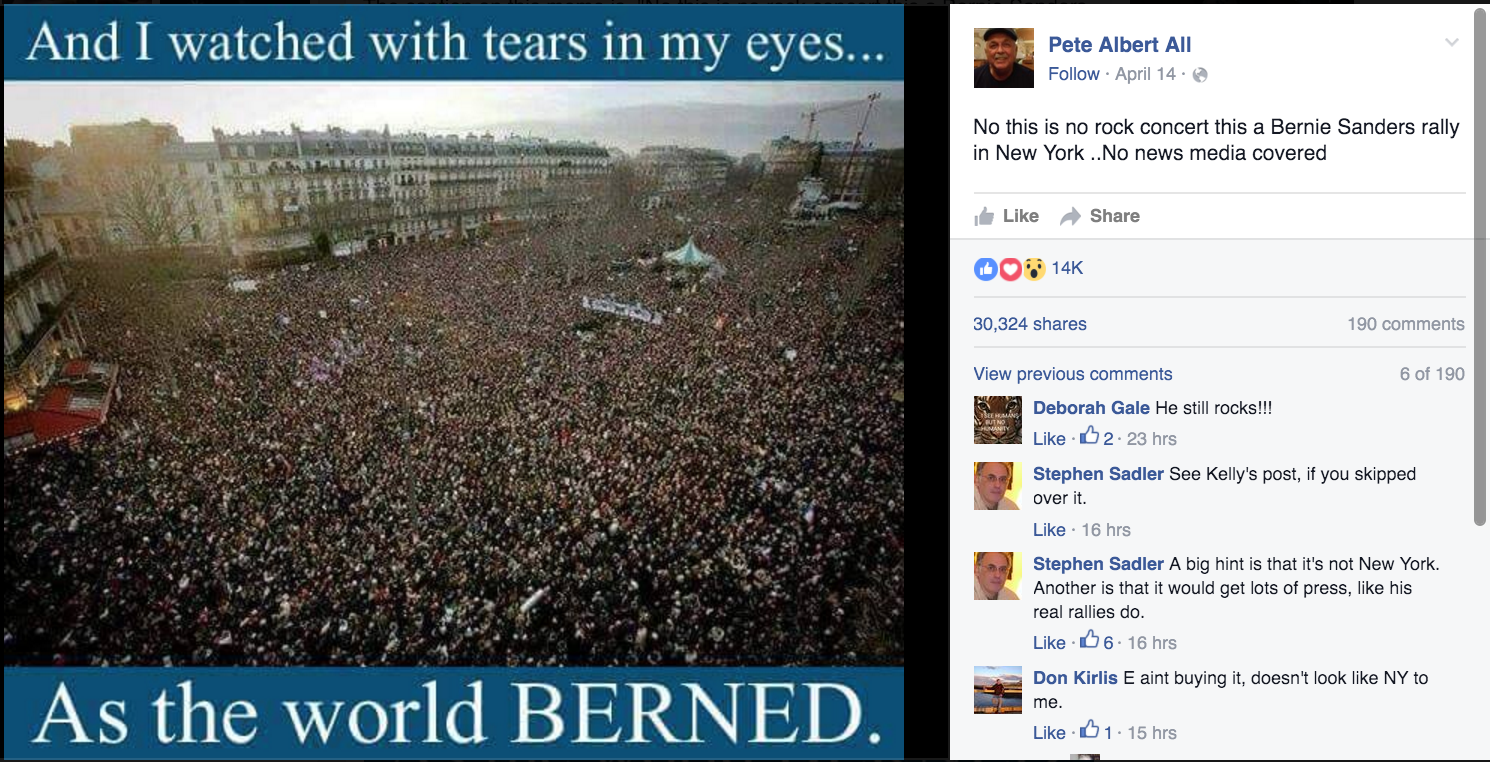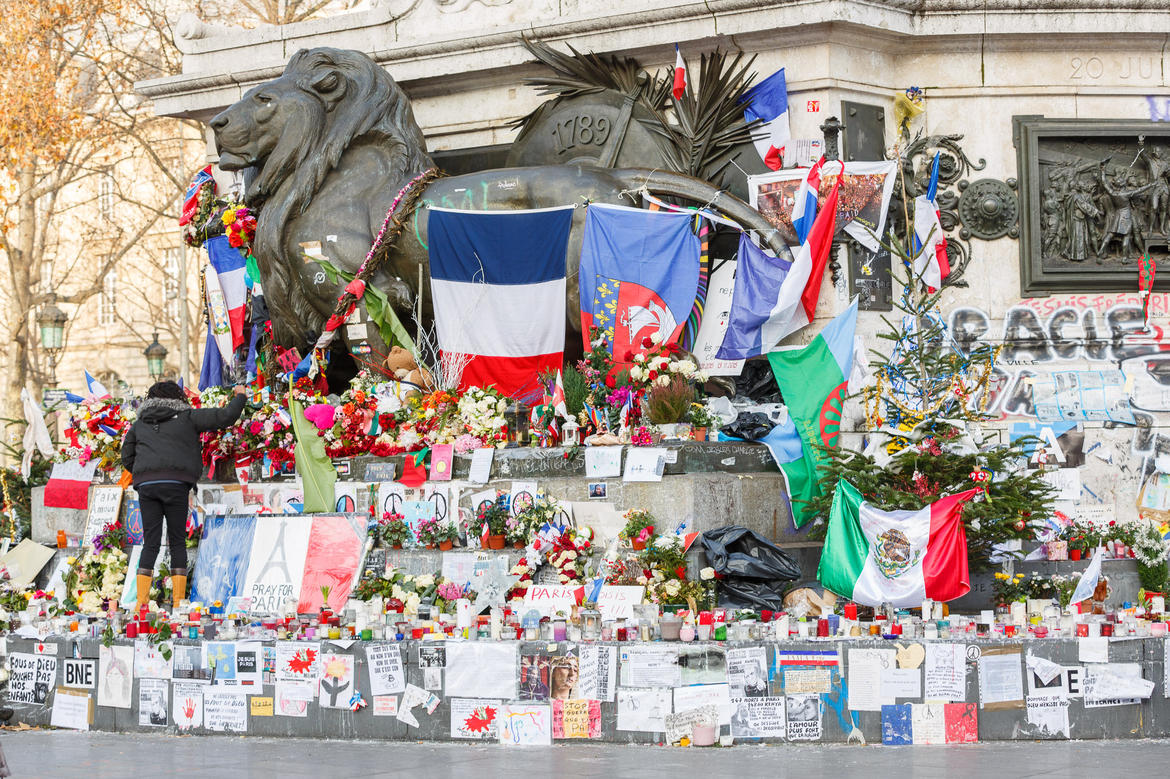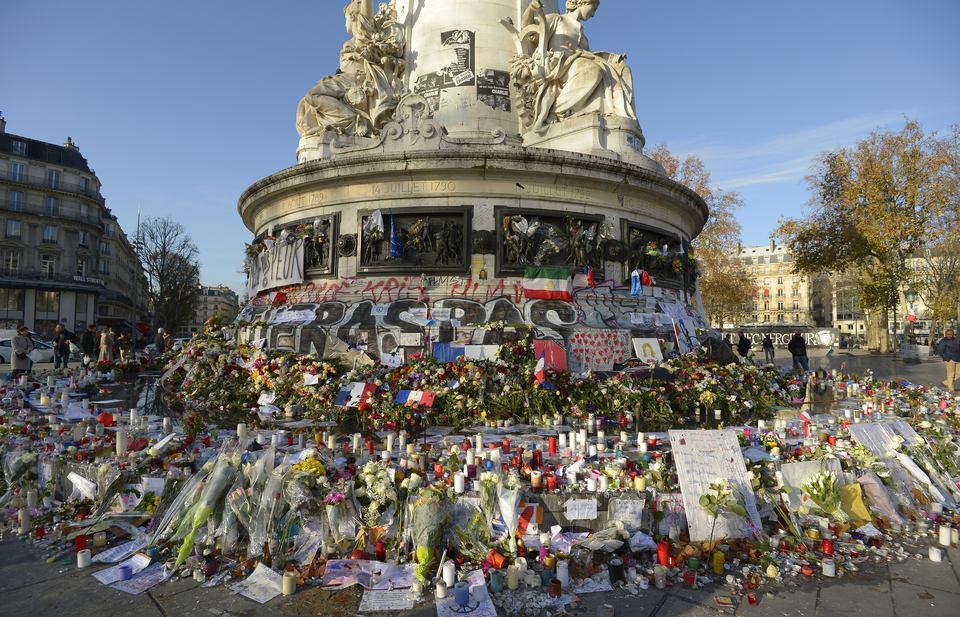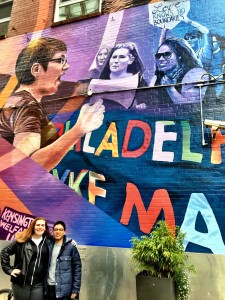Category Archives: Katie’s posts
Anassa Kata & McBride Proposal
Congrats to all the finishing seniors! I made a digital mockup of the digital portion for my draft and wanted to share it for those who are interested. The proposal blog post doesnt have my whole paper included, just the part that is the active “project” ideas. Keep an eye out for this event (McBride Monologues) and hopefully this blog to keep growing!
Here ya go: https://mcbridecollection.wordpress.com/2016/05/07/collection-project-proposal/
McBride Scholars: Collecting Our Stories, Filling the Gaps
For my final project I would like to propose a creation plan digital archival repository for the McBride Scholars of Bryn Mawr College’s history. I intend use a combination of class readings, academic writings about the lives of nontraditional students, and the small amount of publically available information on the McBride program. I believe that the unique dynamics of the McBride community have extensively contributed to Bryn Mawr’s history. However, in my preliminary research I have found very little information available. I will draw connections between this void and the spaces public historians have problematized during this semester. With this proposal, I believe that this is an archival silence that can be solved.
This project was primarily inspired by our work on the Summer School for Workers and the digital exhibits “The Summer School for Women Workers: Diversity, Class and Education” and “BRYN MAWR COLLEGE: A WORK IN PROGRESS”. These exhibits both explore the lives of marginalized students who were also “non-traditional”. Both of these exhibits do not mention the McBride Program, I want to explore why that is a recurring narrative in Bryn Mawr’s public history. I believe that the reasons for the founding of the Summer School resonate with the McBride program’s current cohort. The reasons for the founding of the McBride program are unclear and I think that defining this is essential to contextualizing Bryn Mawr’s history and public narrative.
I intend to answer many of the questions that have been plaguing me since I first discovered the invisibility of McBrides in our shared public history at BMC. I want to explore why we don’t appear in any of the archival or special collections repositories available online. I would like to create a more concrete timeline of the McBride’s history. I would like to outline a plan for collecting oral histories to learn about place and body memory experiences McBrides have had on campus. I will use digital tools such as the wayback machine archive to determine what organizational documents and publications are in need of collection. I will also propose the collection of photographs and physical objects (like May Day gifts). The program has undergone many changes over it’s 30 year history but there has been a constant theme of resilience that is important to make a part of the public conversation.
Wilson, Emotions, & History
I know this is blog is later than necessary but before we met I wanted to get some thoughts out. At first I thought this weeks readings were disconnected and struggled to draw clear conclusions between them. I spent a few days thinking about Fred Wilson’s exhibit and was hit with an answer finally when scrolling through my facebook feed I saw this:
The caption reads “No this is not a rock concert, this is a Bernie Sander’s rally in New York & no media coverage”.
This is not New York, this is Paris. More specifically this is Place de la Republique on the day two million people gathered together after the Charlie Hebdo attacks. Place de la Republique is also where the November attacks took place and the central statue in upper left corner of the picture has functioned for over a year as a memorial to the victims of these attacks. Just past the statue is my partner’s apartment where he (and I on FT) listened to the sounds of terror that November night. When I last visited Paris a few weeks ago, I saw the physical transformation of the square from a place of community into a quiet place of shared grief. How does this relate to archives & public history? I’m getting there, bear with me.
Around the monument were tons of pictures, cards, drawings, poems, and biographies of the victims. The sight was so harrowing for me that I couldn’t speak let alone take a picture. The stories of the Parisians whos grief I share and who could have been my love were overwhelming and I felt them. While laying my rose at her feet, I asked my partner what was to become of all of these things, who does this memorial belong to? Without blinking he said “to the Paris archives of course”. And with that, my fears were calmed and my raw emotion was transformed into a history that I felt was going to be kept safe.
So back to Bernie (or really his supporters)… when I saw this picture I was struck with pain and anger. How dare someone take an image of shared grief and appropriate it to fit a narrative of cultural & societal erasure? I was so hurt and so was Salman. He was shaking his head and I was trying to reason with the uncontrollable hurt but I when I closed my eyes all I could see was Wilson’s whipping post and chairs. I immediately realized that what hurt so much was that I had transformed my own personal pain into a manageable burn by thinking of it as a shared, safely kept history. I soon realized that all the readings this week have to do with emotion. The emotion that Wilson felt curating, the emotions he aimed to illicit by illuminating pain that was never safely kept or allowed to be shared, even the emotional connection that Thigpen created with Mary by guarding her personal history and telling her story.
Though I still dont have concrete ideas about what academic conclusions I can draw from the readings, I am certainly happy I was able to contextualize the pain from that meme and realize how minimal my experience of erasure was in comparison to the thousands of years other’s have had to endure in silence.
The Vault and UVA
“Sure, I try as hard as I can to write about the way each document fits into its period of origin, but the Internet is a relentless decontextualizer.” –Rebecca Onion
I really enjoyed the diversity of readings this week but was particularly connected to Rebecca Onion’s piece and the Take Back The Archives project. Rebecca Onion was able to explain the icky feeling I find myself having when I see de-contextualized memes about “history” on social media. Her work with the Vault reminds me of “Stuff You Missed In History Class” podcast by Tracy Wilson and Holly Frey. I listen to this podcast weekly and both of the producers do a great job of fully contextualizing the tiny glimpses of history that are not in the common narrative. But Onion to me has a much harder job with her online Vault, she has to figure out how to deal with comments, both trolls and genuinely interested readers. I think her reordering of the vault represents another example of how hard it is to plan for public history. Public history is built to be more interactive and reactive to public discourse. I thought that the quote below was really impressive:
“Maybe I’m wrong about this! Let me know. Likewise, if you know of documents from other countries, or from ancient or contemporary history, that you think would work in this space, don’t hesitate to reach out.“
One criticism/question I had was about the actual text of the individual blog posts. I appreciate her dedication to contextualization but wonder why there is no commentary on the clear difficulty and controversy of the contents of this particular piece. Maybe I am being too hard on her? Is this because Onion feels that her only role is to present the document and leaves the problematizing to the reader? She recognizes the serious nature of the post and claims herself to be an expert on African American history. I feel like this could be an opportunity to delve deeper into the content of the advice and position the suggestions as something to be problematized.
I may be the only person who noticed this but I was also surprised her blog content appears before the picture. She makes it very clear that she doesn’t want things to be presented out of context but this positioning makes it seem like her writing is the primary part of this project. Is it?
* * *
In regards to the Take Back the Archive project. I don’t know if it is just my computer but I can’t find any of the actual archives online. I clicked “The Archive” and tried to open it in a new tab but was unsuccessful. If this is not just me, I hope our guest speaker can show or tell us more about the actual content of the project. As a survivor of on campus sexual assault myself the Rolling Stone article and it’s aftermath was very personal to me. When the controversy arose and the story was put into question I was heartbroken. Initially reading the article I hadn’t found myself questioning her story. I was sad about the circumstances but never surprised about the behavior of men at UVA. It was almost identical to things I have seen in real life at Temple and Villanova and these on campus dynamics were part of the reason I chose to go back to a women’s college to complete my degree. I am really looking forward to hearing Purdom Linblad expand on the experience and process undertaken to complete this very important project.
When looking for the content of the archive I stumbled upon the Scholars Lab host site. It called into question for me how likely it is that this project can be duplicated on other campuses. Bottom line, UVA has a lot of money dedicated to this kind of project. Scholars Lab has been around since 2008. They have a larger commitment to digital access being a central element to education. I wonder how much of a factor this was in the initiation of Take Back The Archive. I hope we can learn more from both Rebecca and Purdom and I am really excited to hear more about their unique projects and style of archiving.
Whose Story?
Professor Mercado and I spoke earlier this week about our upcoming visit to the Philadelphia History Truck and about other Philly based initiatives. I was explaining a story about the Gloria Casarez mural on 12th and Locust in which the Philly Mural Arts Program censored the design so as not to include the word dyke as a part of the “Philadelphia Dyke March” (PDM) banner featured in the mural. As a long time PDM activist (who maintains our organizational memory) it personally feels like an ESSENTIAL part of the recorded history of this mural. Professor Mercado casually mentioned the process of push and pull about what contextual information needs to be documented & where. Why do I feel like that needs to be documented while at the same time not having the organizational structure to maintain a public record?
The omission of “dyke” felt so important to me as Gloria’s vision for founding of PDM was as a radical collective who have reclaimed “dyke” for almost 20 years. But what if it only means something to me? What if the larger movement wouldn’t really gain much from adding half a letter on to a mural that is already a major accomplishment. Why am I so concerned? Am I just imagining that omissions like these are signals of the deep foundational injustice within my own LGBT community? I have been replaying this notion of irrelevance to the larger story over and over this week and the readings certainly spoke to my internal ethical dilemma. What if no one even notices the altered history of the mural. Who are you accountable to and what say do you really have when someone other org is funding your work? Public historians like Bernard seemed to often struggle with how to comfort and simultaneously empower change makers in the face of their invisible emotion work.
Part of Gloria’s Mural edited post production to get ride of “Dyke March” Continue reading
Way(too)Gay Archives
I was really bummed to miss the visit to the John C Wilcox archives with our class. I have worked at William Way for almost two years and I had been looking forward to watching my classmates experience what has so often felt like a second home to me. As both an organizer of Philly Dyke March and a Development Associate for the center I have worked with our public history in different forms. For the queer community having a space like the Wilcox archives and the larger community center is so meaningful. In a recent retrospective campaign celebrating the 40th anniversary of the center former executive director Claire Baker summed it up: “We can have nice things. We can do this. We can take care of ourselves. We don’t need to wait for anyone to rescue us. WE are our own champions.” (The video has Bob too! https://youtu.be/QVTBuzM6Loc)
Even forty years later our community must constantly challenge hegemony and become the champions for our human rights. Though we are rapidly advancing we are still in danger of one sided historicity. When the William Way Center changed their name to “LGBT Community Center” the John C Wilcox archives did not. Even though the most common modern abbreviation is LGBTQ for some reason the archive is named “GLBT”. I don’t know if my experience is unique but I am uncomfortable when someone uses GLBT instead of LGBT. It feels like a microaggression and I personally take the use as an active prioritization of gay cisgender males. For me it is as if the person is saying “Look, I know thousands of woman fought to be heard and now lesbians are supposed to be listed first BUT I still think gay men should be at the top of the food chain.” What does it mean that the people who hold the access to our community’s history can’t bear to give in to progress? When the very building the archive resides in uses LGBT it’s hard for me to assume that it’s a mere oversight.
I do not know what artifacts Bob pulled for Bryn Mawr’s visit but in my work with the archives I constantly had to dig to find images of people of color, transwomen, and even lesbian leaders. (If anyone is interested, I have our entire digital image directory on my Dropbox and would be willing to show it to whoever likes old queer pics!) My favorite part of the archive is the Gitting’s collection. Daughters of Bilitis founder & all around badass Barbara Gittings‘s widow Kay donated a huge amount of her personal effects which are a true treasure. They are so important in contextualizing the progress of LGBT rights in the past 50 years – she was everywhere. But what stories are still missing from the archives? As we move into a digital age it is becoming increasingly easy to make artifacts accessible online but the Center often has to fight to keep up with rising costs and limited resources. The center should reach out to people doing social movement work digitally and start to document the modern queer movement in a way that can be cheap and accessible.




